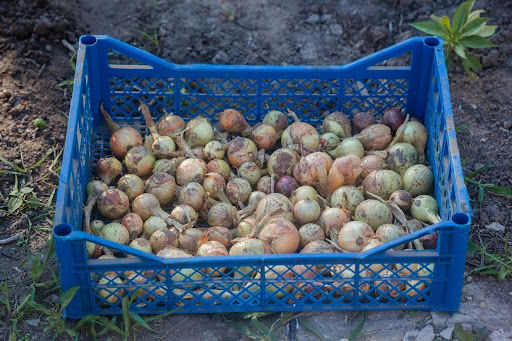Spotlight on Cucumbers: Understanding Risks
- Micah Hutchison

- Jul 14
- 2 min read
Updated: Jul 28
On May 25, 2025, the national news reported a recall involving fresh cucumbers linked to a Salmonella outbreak. So far, this outbreak has sickened 26 people in 15 states, including two cases here in Michigan. This outbreak was discovered during a follow-up inspection on a farm tied to last year’s Salmonella outbreak. Unfortunately, this is not an isolated problem as cucumbers have been connected to multiple outbreaks over the past few years.
In April 2024, another Salmonella outbreak traced back to cucumbers sickened dozens of people across several states, resulting in hospitalizations due to severe illness. While the final numbers from that outbreak are still under review, foodborne illness outbreaks associated with cucumbers are a significant produce safety concern. Though a concern, there are ways that growers can protect their customers and farms by understanding, mitigating and reducing risks associated with fresh cucumbers.
Crop Characteristics
Understanding crop characteristics can help better assess where contamination may occur and where to implement risk-reducing practices. Like all crops cucumbers have certain physical characteristics that can make them susceptible to contamination.
Textured Surfaces - Many cucumber varieties have tiny ridges, spines, or uneven surfaces that can trap dirt, bacteria, or contaminated water, making pathogens harder to wash off. Some cucumbers have thinner skin than others and may be more susceptible to damage, adding spots for bacteria and other contamination to hide.
Growing Close to the Ground- Because cucumbers grow low on vines near or on the soil, they are more likely to come into contact with splashed soil, water, or animal droppings.
Moisture Needs - Cucumbers require significant irrigation, increasing the potential risk if water sources are contaminated.
Water
Water use is often at the center of these outbreaks. A recent follow-up article in Morning Ag Clips reported that investigators linked Salmonella bacteria in the 2024 cucumber outbreak to untreated canal water. Water is essential for growing and packing produce but sourcing safe, affordable water remains a major challenge to many growers. Contaminated irrigation or postharvest water can introduce pathogens like Salmonella onto produce and food contact surfaces, creating risk of contamination and foodborne illness.
Growers can help reduce risk
Know Your Water Source - Different water sources have different risks associated with them. For example- water from a municipal water system is often associated with less risks than water from a surface water source.
Test Water Sources - Regular testing can help identify contamination of water sources
Implement Good Agricultural Practices (GAPs) - Minimize contact between water and the edible portion of the crop
Recordkeeping - Maintain records of water testing and any treatments, as well as corrective and mitigation actions.
As outbreaks remind us, produce safety is not just a regulatory issue it’s a critical part of protecting public health and maintaining consumer trust. Staying proactive helps ensure growers can continue delivering safe, healthy produce to market. For more information, help with water testing, or any questions about on-farm produce safety related to cucumbers or any crop, water sources, and beyond contact the Michigan On-Farm Produce Safety Team @miofps.org.
--
Article by Micah Hutchison, Produce Safety Technician


